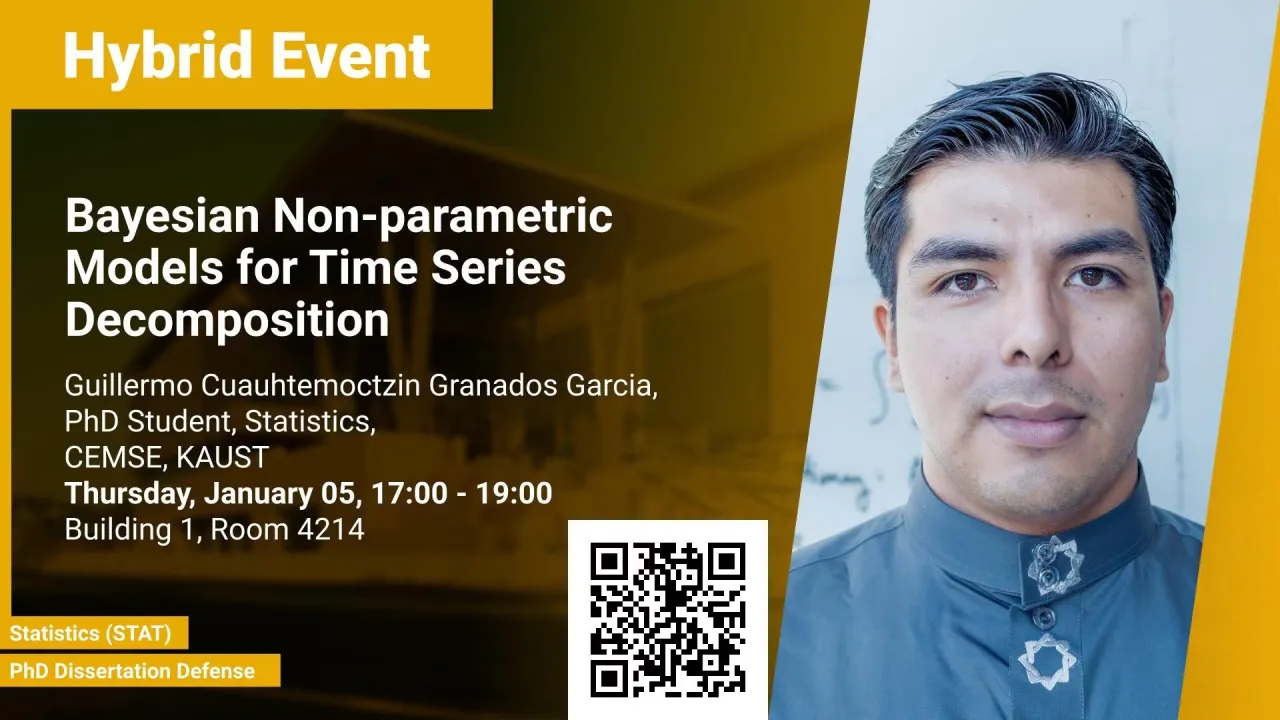
Bayesian Non-parametric Models for Time Series Decomposition
The standard approach to analyzing brain electrical activity is to examine the spectral density function (SDF) and identify frequency bands, defined apriori, that have the most substantial relative contributions to the overall variance of the signal. However, a limitation of this approach is that the precise frequency and bandwidth of oscillations are not uniform across cognitive demands. Thus, these bands should not be arbitrarily set in any analysis. To overcome this limitation, we propose three Bayesian Non-parametric models for time series decomposition, which are data-driven approaches that identify (i) the number of prominent spectral peaks, (ii) the frequency peak locations, and (iii) their corresponding bandwidths (or spread of power around the peaks).
Overview
Abstract
The standard approach to analyzing brain electrical activity is to examine the spectral density function (SDF) and identify frequency bands, defined apriori, that have the most substantial relative contributions to the overall variance of the signal. However, a limitation of this approach is that the precise frequency and bandwidth of oscillations are not uniform across cognitive demands. Thus, these bands should not be arbitrarily set in any analysis. To overcome this limitation, we propose three Bayesian Non-parametric models for time series decomposition, which are data-driven approaches that identify (i) the number of prominent spectral peaks, (ii) the frequency peak locations, and (iii) their corresponding bandwidths (or spread of power around the peaks).
Brief Biography
Guillermo is a Ph.D. candidate In Statistics at the King Abdullah University of Science and Technology (KAUST), studying under the supervision of Professor Hernando Ombao in his research group. Guillermo obtained his Bachelor of Science in Actuary from the Universidad Nacional Autónoma de México. Then, he joined the MS/Ph.D. program in Statistics at KAUST in 2017. In 2018, he graduated with his Master of Science in Statistics at KAUST. His research interests lie in fields such as stochastic financial models, actuarial sciences, biostatistics, time series analysis, stochastic simulation, and data visualization.
